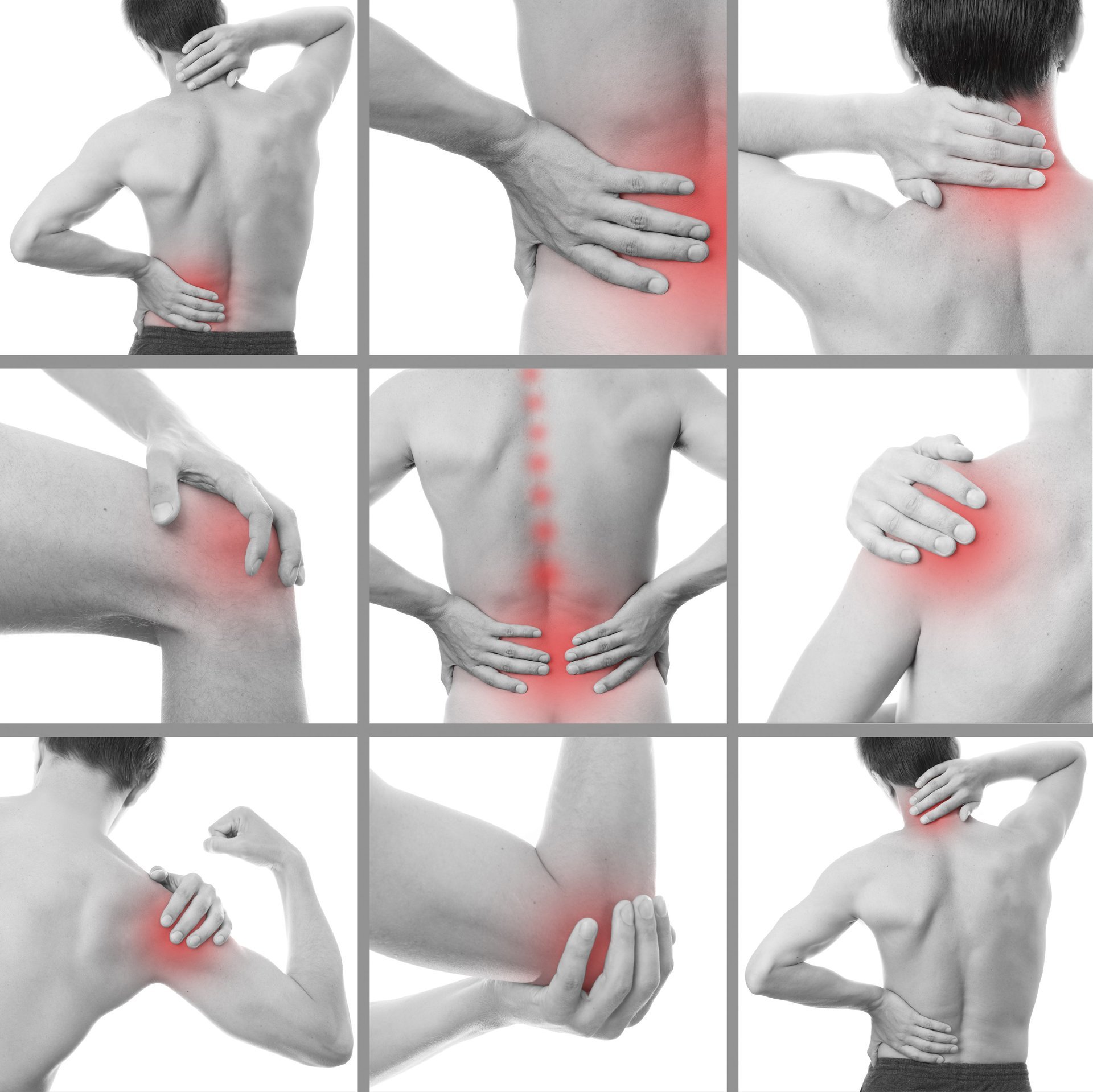Understanding Referred Pain
Pain
is one of the most complicated processes in the human body. You may have
experienced this is you ever saw a physiotherapist for pain in one part of your
body, and they started to treat an entirely different area. Some people are
born with no sensation of pain at all, and amputees sometimes continue to feel
pain where their limbs used to be. The complexity of pan is one of the reason’s
why physiotherapists conduct such a thorough physical examination before being able
to determine the exact source of your pain.
Why is pain so complicated?
Unfortunately,
we are still don’t understand everything about the way pain is processed. Usually, when an injury or damage occurs to
body tissues, a signal is sent to the brain, which begins to interpret this
signal and creates the sensation of pain. Pain is thought to be a warning
signal to let you know to avoid danger and pay attention to the injured body
part. Occasionally this system goes a little haywire, and pain signals are sent
when there is no damage or the location of the pain is misdirected.
Referred
pain is the term used when pain is felt at a different location to the source
that is sending the pain signal. There are many kinds of referred pain, and
some are easier to explain than others.
What are the different types of referred
pain?
In
some cases, if it is a nerve that is sending the pain signal, then pain can be
felt all along the length of the nerve. Patients often describe this as a sharp
burning pain along the skin. One of the most common examples of this is
sciatica, where the large nerve that runs down the back of the leg is irritated
around the lower back. The source of the pain signal is near the spine.
However, that pain follows a distinctive pattern down the leg. In other cases,
it is the muscles and not the nerves that are referring pain elsewhere.
Muscular trigger points are taut bands that develop within muscle tissue that
is undergoing abnormal stress. Poor posture, lack of movement, and overuse can
cause muscles to develop areas of dysfunction. These trigger points can cause
pain that radiates out in distinctive patterns. Trigger points are diagnosed as
the source of pain if symptoms are reproduced when a therapist presses on a
specific point.
If
that wasn’t confusing enough, we know that our internal organs also refer
pain. Pain referred by internal organs
is frequently described as a deep, ache, and usually not influenced by
movements of the limbs or back.
Organs
often distribute pain in patterns that are very obscure and sometimes don’t
even create any pain at their location. For example, kidney pain often feels
like lower back pain. Tragically there have been patients who have failed to
seek treatment in time as they mistook a serious condition for a simple
backache.
There are many other
fascinating aspects to pain, and understanding how it works is an important
part of managing your symptoms. To understand how referred pain may be
affecting you, chat to your physiotherapist who can help with any questions. None
of the information in this article is a replacement for proper medical advice.
Always see a medical professional for advice on your individual injury.
If you’d like to get some help or find out exactly how we may be able to help you, please call us at 028 92666959, or email
info@gavnoble.com
.
You may even like to check out our website here at
